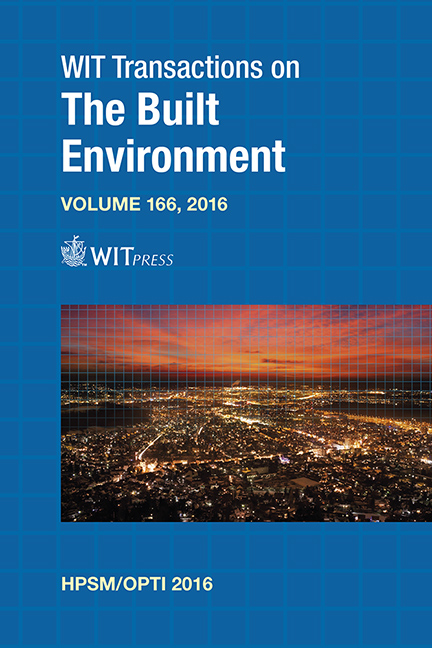A Review On The Effect Of Surface Finish And Cooling Rate On Solder Joint Reliability
Price
Free (open access)
Transaction
Volume
166
Pages
12
Page Range
201 - 212
Published
2017
Size
1,869 kb
Paper DOI
10.2495/HPSM160181
Copyright
WIT Press
Author(s)
K. Hardinnawirda, A. M. Zetty Akhtar, I. Siti Rabiatull Aisha, I. Mahadzhir
Abstract
With increasing environmental concern over the toxicity of lead (Pb) combined with strict regulations, the use of lead-based solders provides an inevitable driving force for the development of lead-free solder alloys. Many studies have been conducted for the evaluation of the solder joint reliability with respect to solder alloys and surface finishes. However, as the demand of electronic devices is increasing, there is a need to improve the mechanical properties of the solder joint in order to keep up with the current evolution of electronic devices’ technology. In this study, the effect of surface finish and cooling rate on solder joint reliability using nickel-based surface finish was summarized. The study focused on nickel based surface finish (ENIG and ENEPIG) with different cooling media, slow (furnace), medium (air) and fast (water). It was found that the type of surface finish and the cooling rate can change the morphology of the solder intermetallic compound (IMC) and directly changes the solder joint mechanical properties. A faster cooling rate was reported to provide finer IMC grains which might be translated into better solder joint strength. The findings presented here may provide a better understanding for further study and facilitate improvements in terms of solder joint reliability.
Keywords
solder alloy, surface finish, interfacial reaction, solder joint and cooling rate





